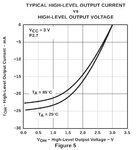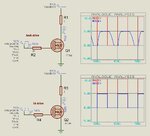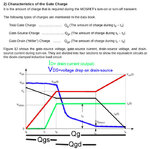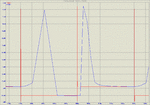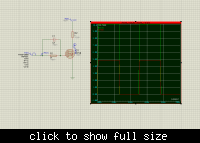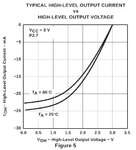yassin.kraouch
Advanced Member level 2
Hi All,
how can i calculate the resistor value in order to limite the current consumption, from a circuit : i have a gate of a MOSFET transistor that i would like to connect it to a microcontroller, but the microcontroller can only deliver 25 mA maximum value,
how can i calculate the resistor value in order to limite the current consumption, from a circuit : i have a gate of a MOSFET transistor that i would like to connect it to a microcontroller, but the microcontroller can only deliver 25 mA maximum value,

